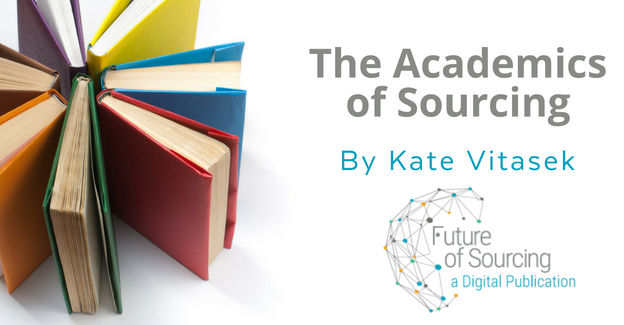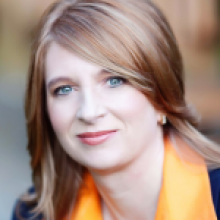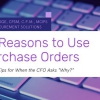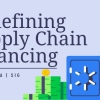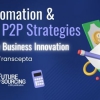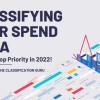Outsourcing involves major changes in your business model, your teams, your approach to core and non-core business lines and cultural mindsets.
That aspect of the outsource decision – change – is inherently psychological because when you come right down to it, it’s always about your people, their relationships and attitudes, and the way they adjust to new thinking and new patterns that will make or break an outsourcing partnership.
That’s also why as I teach the concepts, rules and elements of Vested Outsourcing, I use this quote from Wayne Dyer: “If you change the way that you look at things, the things you look at change.”
Dyer, a best-selling author on self-development who is also known as the “father of motivation,” holds a doctorate in educational counseling from Wayne State University and was an associate professor at St. John’s University in New York.
In his book, The Power of Intention (2005), Dyer explores intention – not necessarily as something you do, but as a form of energy and change that’s actualised and controlled through creativity, expansion, receptivity and kindness.
The Vested model embraces those qualities in order to change the thinking and create a new dynamic between the parties in an outsource relationship. The Vested approach is based on creative collaboration and trust, receptiveness to change, expansion through innovation and incentives, and kindness by “playing nice.”
“If you’re always in a hurry, always trying to get ahead of the other guy, or someone else’s performance is what motivates you, then that person is in control of you,” Dyer says. And relationships based on obligation and control “lack dignity.”
Playing nice and working jointly on intentions, objectives and desired outcomes to achieve the win-win requires a transformation – a change – in thinking.
The Jaguar/Unipart relationship provides a great example of the power of change – and the courage to implement it. Jaguar began working with Unipart almost 25 years ago. The initial focus of the outsourcing effort was aftermarket auto parts fulfillment in the United Kingdom. When Sir Nick Scheele took over as Jaguar’s CEO in 1992, the two companies had already established a track record of moderate success.
But after recognising that the relationship was not working as well as it could and that a change was needed, he had an informal dinner discussion with Unipart’s CEO, John Neill. The goal was to discuss how the companies could improve the business model while also driving more positive benefits for Jaguar and Unipart.
These discussions ultimately led to the creation of a Shared Vision statement that has guided the companies’ outsourcing partnership. Their statement embodied a key, basic tenet of Vested Outsourcing: WIIFWe (“what’s in it for we”) and the win-win mindset. The Shared Vision not only strengthened the personal relationship between the two leaders; it led to a deeper understanding of each other’s business model and how to leverage that for maximum gain. Further, it led to discussions on such topics as identifying the real customer and how success is defined and measured.
It has been a highly successful collaboration: when Unipart entered into the contract more than 20 years ago, Jaguar ranked ninth in the J. D. Power & Associates survey for Customer Satisfaction. In 2008, it moved to number one – passing Lexus, BMW, and Mercedes Benz. Jaguar has maintained that spot ever since.
Which brings us back to Dyer’s quote at the beginning of this column: changing the way you look at things will necessarily change those things.
The trick is to handle that change with care, collaboration – and courage. During the Vested process, one of the first things that outsourcing teams do as they establish their relationship is to jointly draft a Shared Vision and craft a Statement of Intent. These are the necessary building blocks of a Vested agreement, setting the larger guiding principles for the relationship.
The parties at this point understand the business at hand and align their objectives for the work ahead. But sharing intentions is not easy and requires a flexible and receptive mindset. The Statement of Intent builds the foundation for the agreement to go forward by defining how the parties will work together under the agreement and how they will behave once the agreement is documented.
The elements that go into crafting the Shared Vision and Statement of Intent are detailed in my book, The Vested Outsourcing Manual.
As Dyer says, “Our intention creates our reality.” That statement is equally true for people in their personal lives and in their business relationships.


